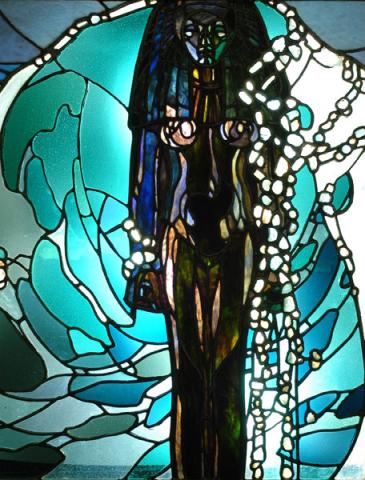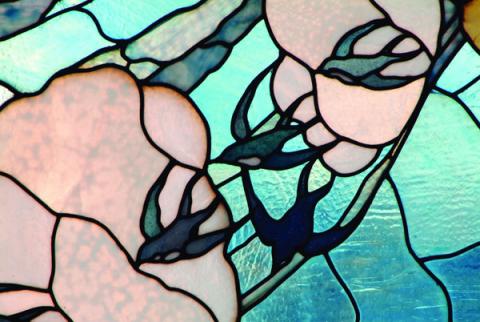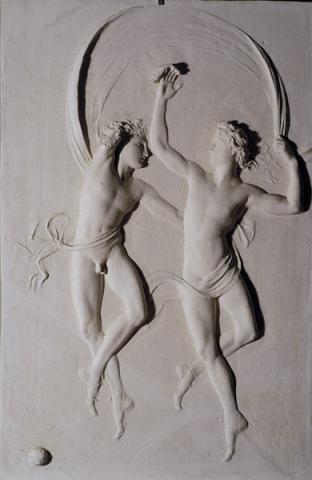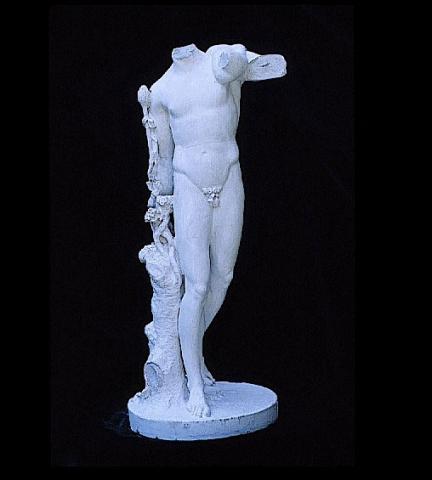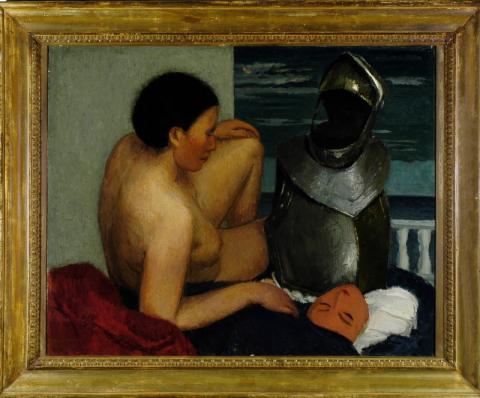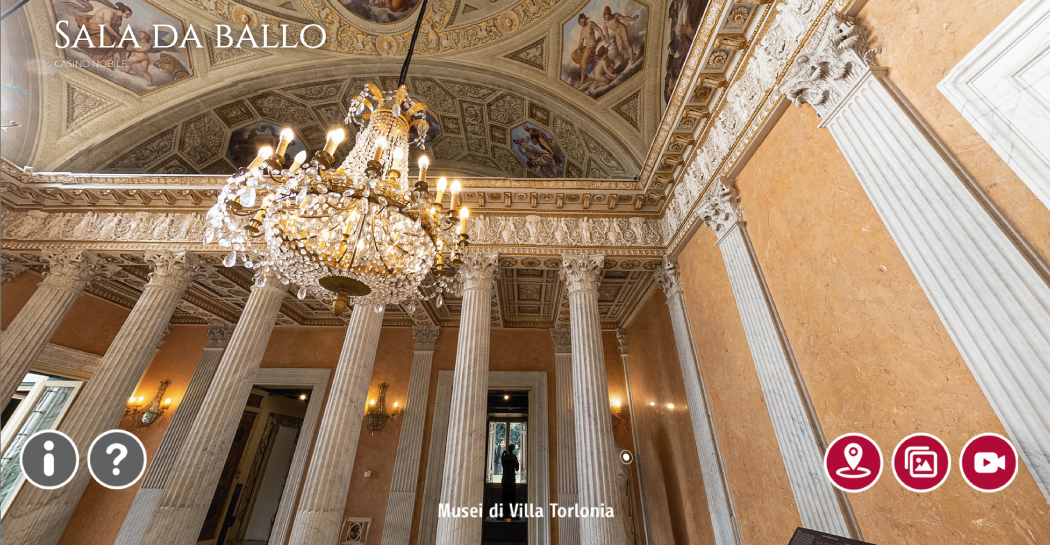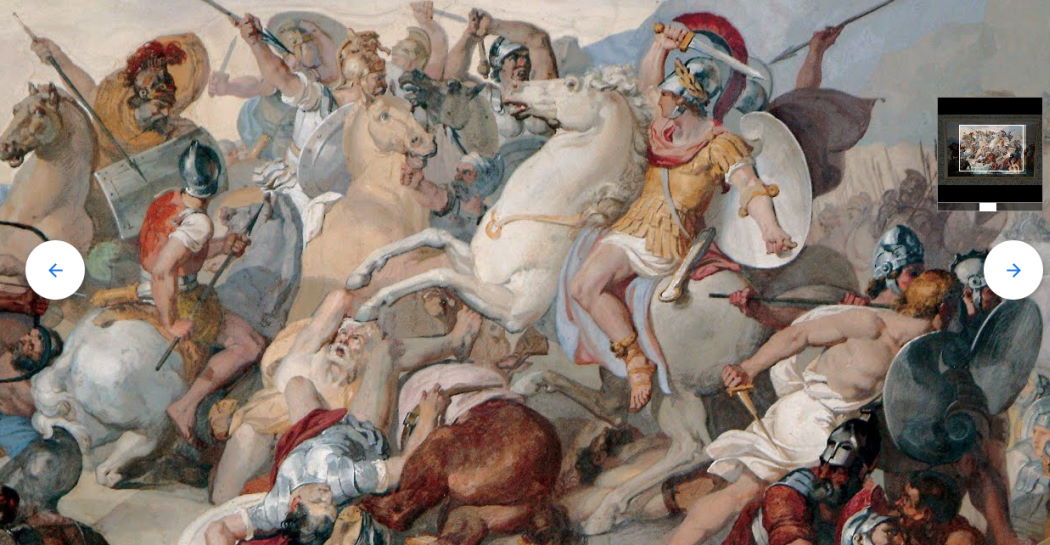The Artwork of the Month of the Roman School Museum - October 2022
Giuseppe Capogrossi (Rome, 1900 - Rome, 1972)
Nudo e corazza, 1931 ca.
Oil on panel, cm 65x81
Comodato Giuseppe Bertolami
With the presentation of this work in October 2022, the Museo della Scuola Romana wishes to contribute to the celebration of the fiftieth anniversary of the death of the artist Capogrossi, a great innovative artist of Italian art, one of the greatest representatives of the figurative painting in his youth, and later interpreter of a highly personal sign abstractionism.
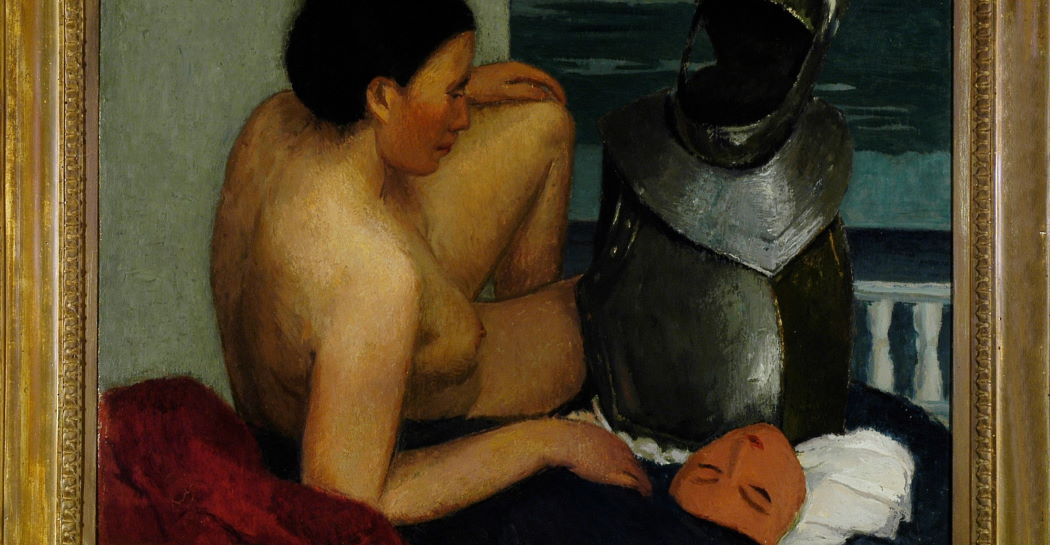
A soft female nude turns towards a cold armour of gleaming steel: in Nudo e corazza Giuseppe Capogrossi stages an enigmatic nocturne in which space is investigated through the different refractions of night light on surfaces.
Capogrossi devoted a great deal of attention to the female body in these years: it is a traditional subject, far removed from propaganda art, but also - in the ever-changing poses in which he depicts it - a pretext for investigating different spatial configurations.
Here the woman portrayed is Hilde Pan, a young Czechoslovak woman who came to Rome in the early 1930s with whom Capogrossi had an affair and whom the artist portrayed several times in his paintings.
These were the years in which the influence of his recent stays in Paris emerged in Capogrossi's painting: in Nudo e corazza, as in other contemporary works, citations from Matisse's Odalisques can be seen, revisited, however, with a personal style in which cues from the Italian Renaissance tradition dialogue with the latest trends in French art.
Capogrossi was in fact going through a phase of technical experimentation and this oil on panel, with its pictorial rendering and intense, sumptuous hues, represents a rare testimony of a period of reflection on Venetian painting, from which he would quickly move away in search of new stylistic directions. As Pier Maria Bardi, director of the Galleria di Roma, where Nudo e corazza was exhibited in 1932, would write: "[Capogrossi] studied and understood the Venetians a great deal, and then he broke free from those loves, others he experienced".
Anticipating the disruptive sign-like turn of his language, already in his figurative phase Capogrossi seems to interpose a distance between himself and the world, which he represents with the aim of restoring the balances hidden behind the semblance of reality, in search of a sense of inner spatiality. Not only in Nude and Armour, but also in many of his other paintings, masks appear alongside the figures, presenting themselves to the viewer as if on a stage, almost as if to unmask reality as a mise-en-scène.
Nudo e corazza originally belonged to Guglielmo Pampiglione, a radiologist and friend of the Capogrossi family. Today it is owned by Giuseppe Bertolami and exhibited at the Museo della Scuola Romana on loan.
Giuseppe Capogrossi was born in Rome in 1900 into an aristocratic family. After graduating in law, he decided to pursue a career in art and in 1923 he attended Felice Carena's Scuola di Nudo, where he met Fausto Pirandello and Emanuele Cavalli, who were to become his close friends. In 1933, together with Cavalli and Melli, he drafted the Manifesto del primordialismo plastico, a text defining the principles of tonal painting. In the same year, an exhibition bringing together works by Capogrossi, Cavalli, Melli and Sclavi was held at the Jacques Bonjean Gallery in Paris, at which critic Waldemar George coined the term 'École de Rome' to describe them. In 1936, he met Costanza Mennyey, a painter of Hungarian origin and wife of Enrico Prampolini, who became his companion and mother of his daughters Beatrice and Olga. At the end of the 1940s, he went through a profound crisis that led him to rethink his production and definitively abandon figurative painting: in 1950 he presented his abstract production to the public for the first time, in an exhibition at the Galleria del Secolo, characterised by his unmistakable sign, which was to make him one of the most emblematic figures of Italian Informal painting.
Giuseppe Capogrossi died in Rome on 9 October 1972.
Back to the section > The Artwork of the Month of the Roman School Museum


























